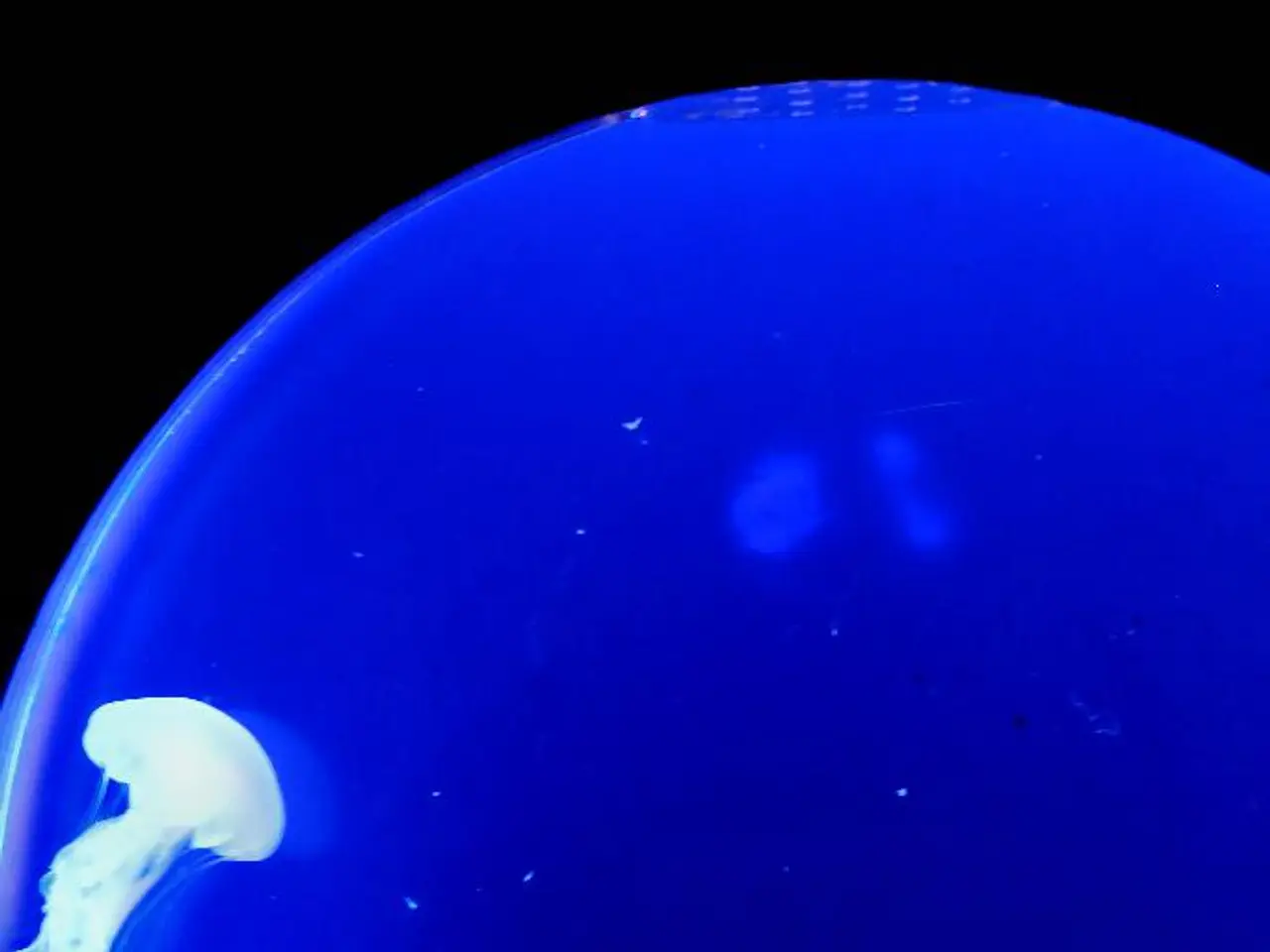Ancient Fossil Discovered Reveals Possible Clues about Spider Evolution's History
New Discovery Sheds Light on Arachnid Evolution
In a groundbreaking study, a team of scientists, including Nicholas Strausfeld from the University of Arizona, have uncovered compelling evidence that arachnids evolved in marine environments before transitioning to land. The findings, published in the journal Current Biology, challenge long-held beliefs about the origin and early development of these fascinating creatures.
The fossilized remains of Mollisonia symmetrica, a mid-Cambrian arthropod approximately 508 million years old, have provided critical evidence for this theory. Detailed analysis of its fossilized brain and nervous system reveals a unique neurological organization closely matching that of modern spiders and scorpions, rather than horseshoe crabs.
One key finding is the similarity in the neural architecture between Mollisonia and modern arachnids. The brain structure of Mollisonia has segmental ganglia controlling paired appendages and an unsegmented brain with short nerves to claw-like appendages, paralleling modern arachnids but differing distinctly from horseshoe crabs. This supports that arachnid neural traits evolved in the Cambrian oceans.
Another intriguing discovery is the 'backward' arrangement of certain regions of Mollisonia’s brain, which resembles the layout seen in today's spiders. This indicates arachnids diverged earlier from other chelicerates than previously thought.
The implications of these findings are far-reaching. By showcasing arachnid-like neuroanatomy in a marine Cambrian arthropod, these fossils suggest arachnids’ ancestors were marine rather than terrestrial animals. This challenges the long-held belief that arachnids originated on land and helps trace their evolutionary roots back to Cambrian seas.
The discovery also implies that the complex neural systems characteristic of terrestrial arachnids initially developed in aquatic habitats. The eventual transition to land likely occurred later, building on pre-existing arachnid features evolved in the ocean.
Neuroscientist Nicholas Strausfeld, a key contributor to the study, speculates that early land-dwelling arachnids, resembling Mollisonia, may have adapted to terrestrial life by preying on early insects and millipedes. Advanced imaging techniques were used to reveal neural traces in Mollisonia that resemble those found in modern arachnids.
The exact origin of arachnids is still debated, with Mollisonia offering compelling evidence that their ancestors might have been marine or semi-aquatic like horseshoe crabs. The presence of these specialized neural pathways suggests that Mollisonia may have been one of the earliest creatures capable of performing complex movements with its appendages.
Moreover, the fossil evidence suggests that evolutionary pressures could have led to the development of webs and flight in arachnids. A unique neural pathway in Mollisonia's nervous system directly controls the chelicerae, a feature that later evolved into the fangs seen in modern spiders.
In conclusion, the discovery of Mollisonia offers a vital window into the early evolution of arachnids, demonstrating that their lineage began in marine settings with complex brain structures. This new understanding not only challenges previous assumptions about arachnid evolution but also provides evolutionary context for their later terrestrial adaptation. The findings open up exciting new possibilities for understanding the interplay between arachnids and other species during the early stages of terrestrial life.
This new discovery about arachnid evolution in marine environments raises questions about the potential impact of these complex neural systems on other medical-conditions and medical-research, particularly in the field of space-and-astronomy and technology.
The similarities between the neural architecture of the ancient marine arthropod Mollisonia and modern arachnids suggest potential advancements in our understanding of technology, as we examine how these prehistoric creatures used their intricate brains to adapt to their environment and survive.




